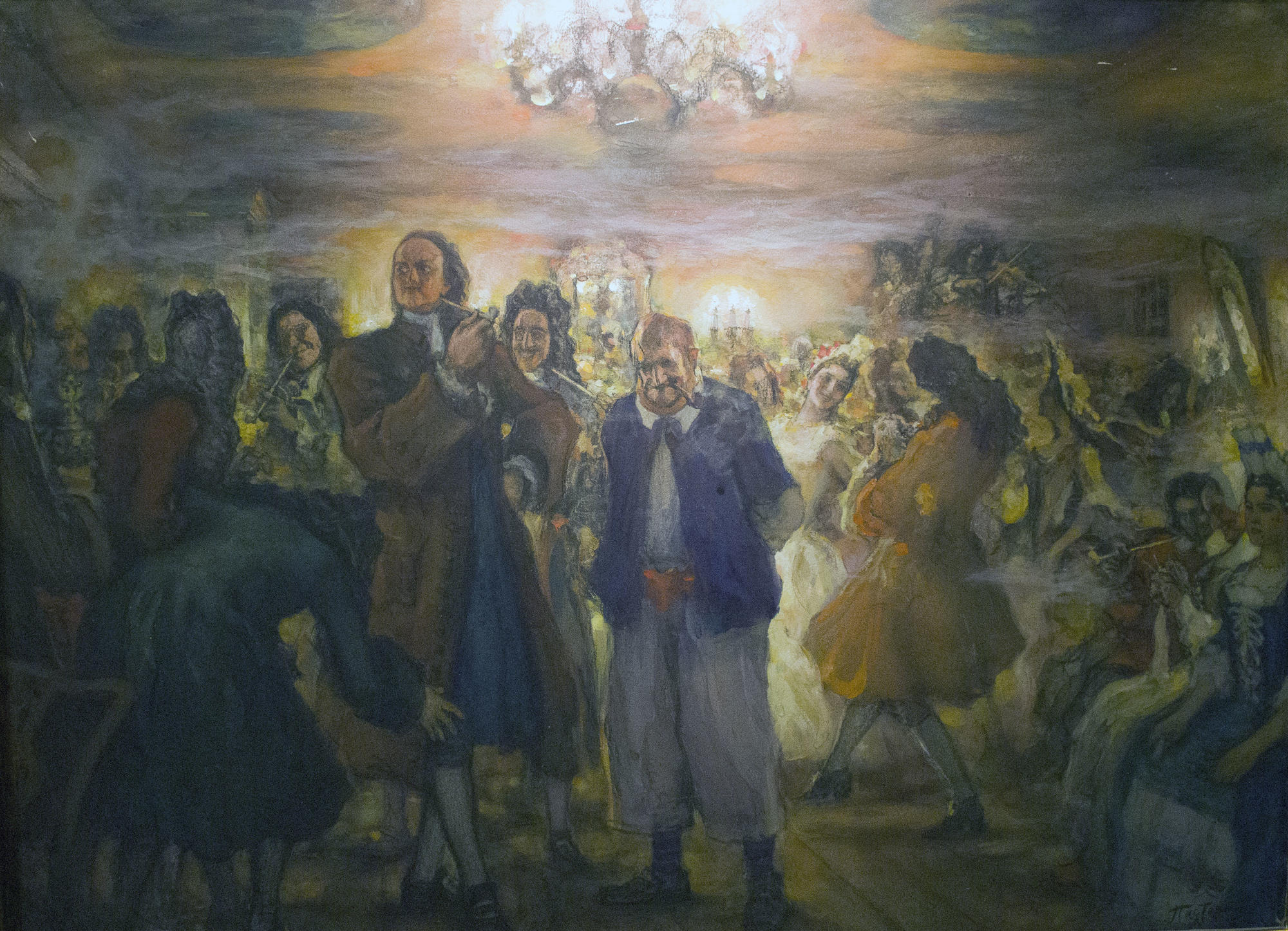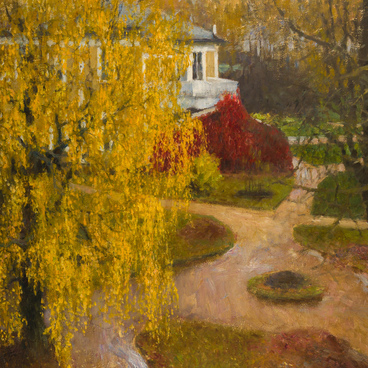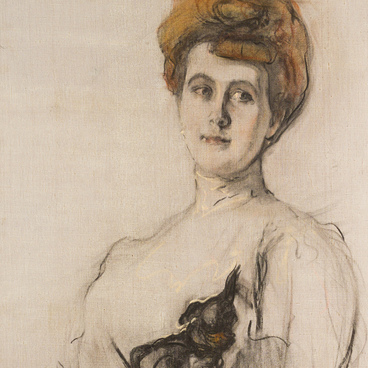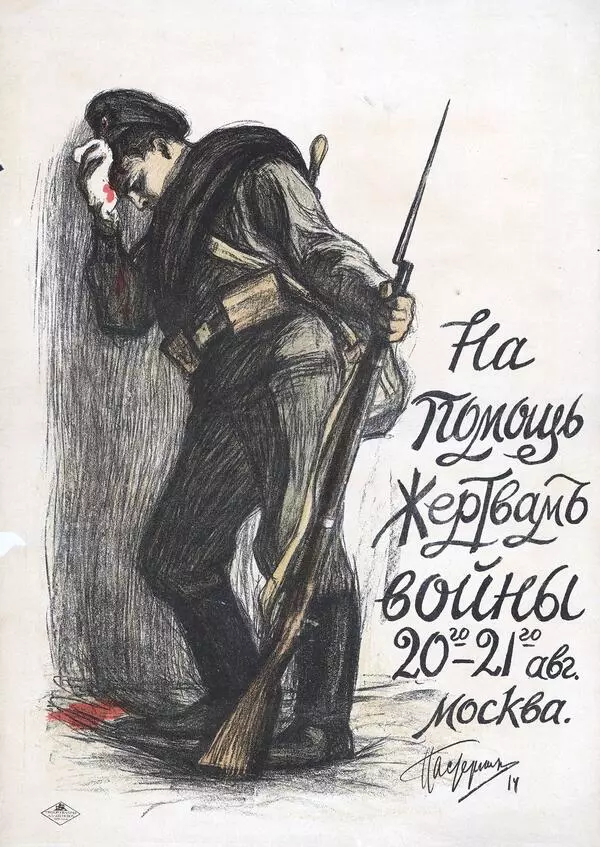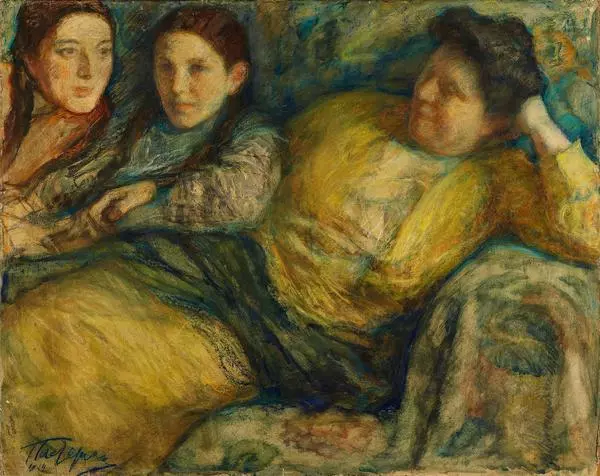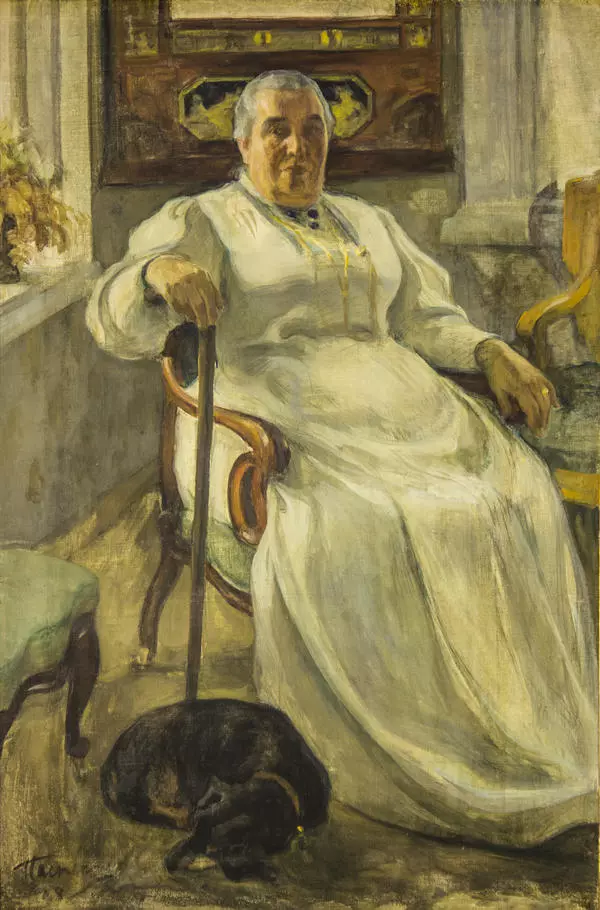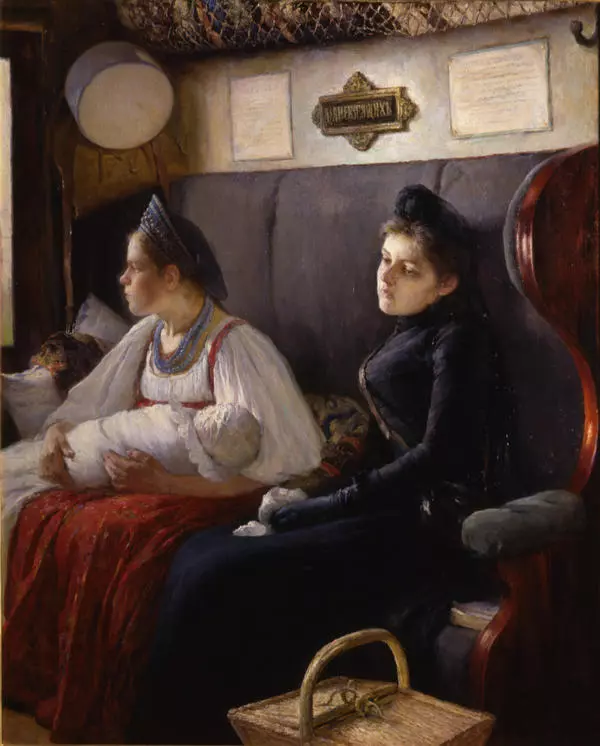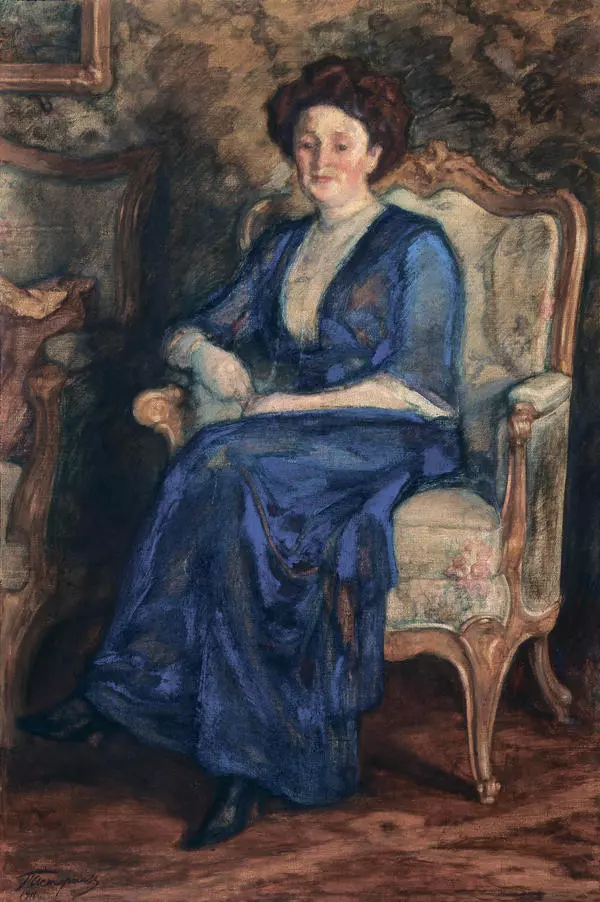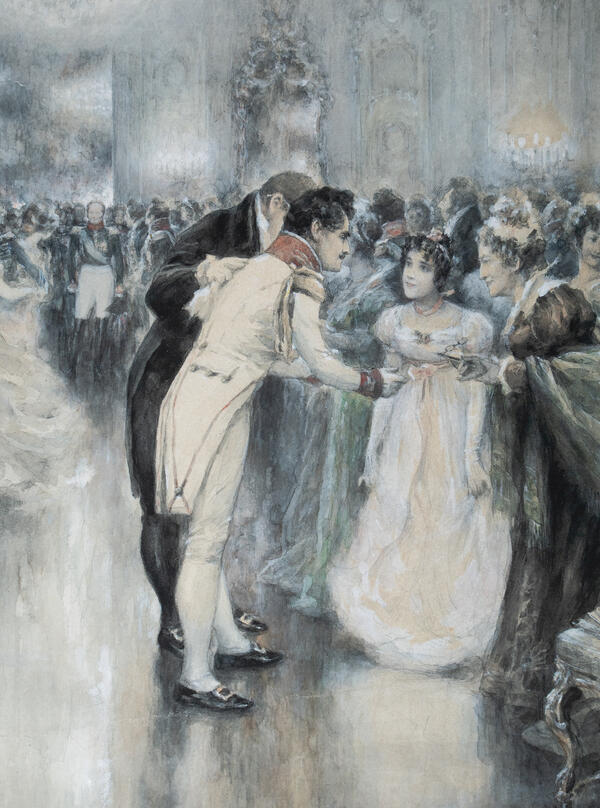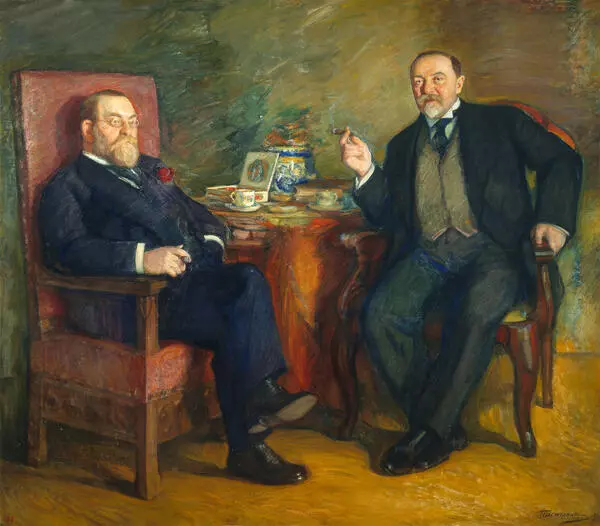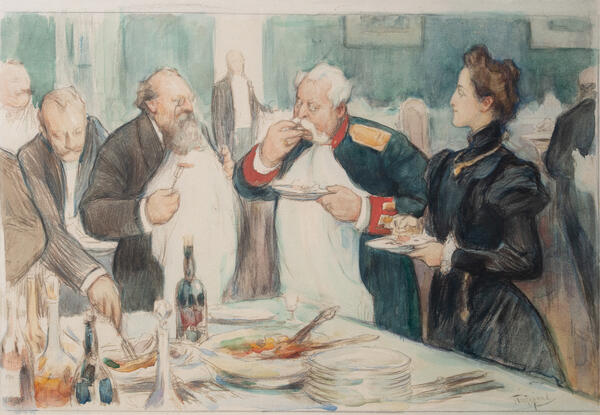Leonid Osipovich Pasternak was one the last artists who belonged to the Russian classical school of painting. Born in a large family in Odessa, Avrum Yitzhok-Leib Pasternak (that was his real name) developed an interest in art in his early age. At first, his family disapproved that keenness, but in the course of time, when the young boy started to make progress and reveal talent, they came to terms with that and even allowed him to study in the Odessa School of Drawing for three years. However, his parents were resolutely against him pursuing a career of a professional artist.
Leonid Pasternak entered the Medical Department of the Moscow University, and two years later, he returned to Odessa where he continued his education, now at the Department of Law. However, his craving for art was stronger than his parents’ volition. In parallel to his studies, the young man did a lot of drawing and oil painting, combining university studies with attending classes in an art studio school. His participation in Moscow Exhibitions brought the beginning artist some fame, and when his painting A Letter from Home was purchased by Pavel Tretyakov for his gallery, even Leonid’s parents realized that art is a true mission of the young man.
Being a member of the World of Art group, Leonid Pasternak was trying to recapture the true beauty of life in his pictures, while drawing inspiration from the period of Baroque, which is most vivid in his subjects from the time of Peter the Great. In his picture An Assembly Ball under Peter I of 1908, Pasternak painted one of the ‘European-style’ balls that the first Emperor liked to hold in the newly founded capital city.
Judging by the low ceiling and small size of the ballroom, one can assume that this is a passenger’s lounge of a newly built sailboat, or of a one still on the stocks. Both the Emperor and the figures of people around him, and even the outlines of all the items, are represented indistinctly as if hidden in thin mist. Due to this effect, the image is perceived by the viewer as a mirage that can dissolve in space at any moment. That artistic device, typical of French impressionists, creates an effect of movement in the picture. It seems that if one turns away from the picture for a moment, it will immediately change.
The topic of Peter’s festivities attracted quite a number of artists, however, they made Peter the Great the central figure of their pictures, while Leonid Pasternak was trying to recapture the atmosphere of abandoned hilarity prevailing at such events. It is not by chance that in the picture we see not only courtiers in European attire, but also people in casual clothes, while in the center of the painting there is a man in a Turkish costume. We can only guess whether this is a diplomat, a captive or just a masker.
Leonid Pasternak entered the Medical Department of the Moscow University, and two years later, he returned to Odessa where he continued his education, now at the Department of Law. However, his craving for art was stronger than his parents’ volition. In parallel to his studies, the young man did a lot of drawing and oil painting, combining university studies with attending classes in an art studio school. His participation in Moscow Exhibitions brought the beginning artist some fame, and when his painting A Letter from Home was purchased by Pavel Tretyakov for his gallery, even Leonid’s parents realized that art is a true mission of the young man.
Being a member of the World of Art group, Leonid Pasternak was trying to recapture the true beauty of life in his pictures, while drawing inspiration from the period of Baroque, which is most vivid in his subjects from the time of Peter the Great. In his picture An Assembly Ball under Peter I of 1908, Pasternak painted one of the ‘European-style’ balls that the first Emperor liked to hold in the newly founded capital city.
Judging by the low ceiling and small size of the ballroom, one can assume that this is a passenger’s lounge of a newly built sailboat, or of a one still on the stocks. Both the Emperor and the figures of people around him, and even the outlines of all the items, are represented indistinctly as if hidden in thin mist. Due to this effect, the image is perceived by the viewer as a mirage that can dissolve in space at any moment. That artistic device, typical of French impressionists, creates an effect of movement in the picture. It seems that if one turns away from the picture for a moment, it will immediately change.
The topic of Peter’s festivities attracted quite a number of artists, however, they made Peter the Great the central figure of their pictures, while Leonid Pasternak was trying to recapture the atmosphere of abandoned hilarity prevailing at such events. It is not by chance that in the picture we see not only courtiers in European attire, but also people in casual clothes, while in the center of the painting there is a man in a Turkish costume. We can only guess whether this is a diplomat, a captive or just a masker.
